Email marketing is a powerful tool for businesses of all sizes. When used correctly, email can be an extremely effective way to reach and engage customers, boost sales, and grow your business.
However, many businesses struggle to get the most out of their email marketing campaigns. One of the main reasons for this is poor copywriting. In this blog post, I share some tips for writing better email copy that will help you boost opens and conversions!
Is email copywriting hard?
No, email copywriting isn’t hard. With a little bit of practice, you can be writing emails that gush conversion and money. Seriously. The key is to take advantage of templates and formulas to save you time and improve sales copy performance. The email copywriting tips I’ll be sharing ahead will do that and more.
Is email copywriting profitable?
Yes, email copywriting is profitable. In fact, a good email campaign can be one of the most cost-effective marketing tools at your disposal. According to eTarget Media, email marketing has an ROI of 4,400%! That means for every $1 spent on an email campaign, businesses make back $44 in return. Practically no other channel can say the same.
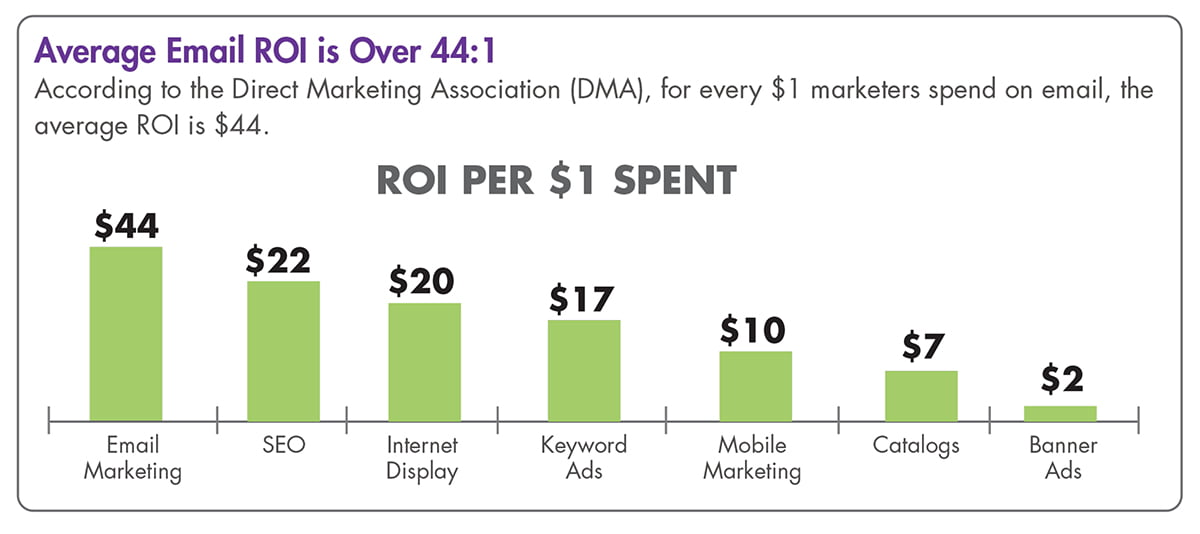
Email copywriting tips and strategies
Now, let’s get into the fun stuff. Email copywriting strategies that move the needle.
1. Personalize the subject line and body where possible
Your subject line is the first thing people will see when they receive your email, so make sure it’s interesting and eye-catching. Avoid using generic phrases like “new product announcement” or “special offer.” Instead, be creative and come up with something that will make people want to open your email.
More importantly, try personalizing it with their first name or company name. I’ve found this extremely successful, especially with cold emails. For example, “Hey [First Name], I was just thinking about you” or “[Company Name] would be perfect for this.”
It’s proven that personalization in marketing has a host of benefits like:
- Increased visitor engagement.
- Higher conversion rates.
- A better customer experience.
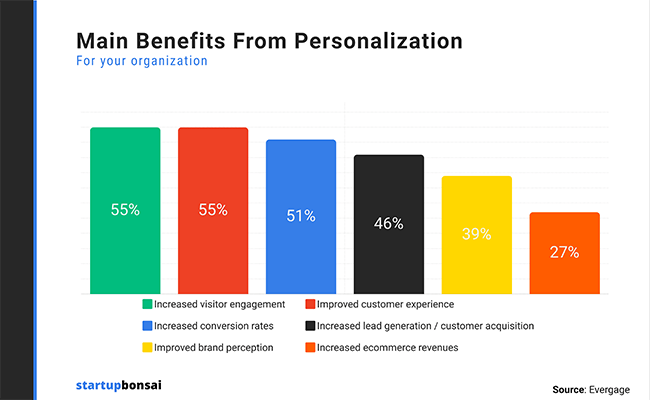
As for the body of your email, also try to personalize it as much as possible. Instead of talking about yourself and your company all the time, focus on how you can help solve their problem. For example, “I noticed that you’re having trouble with [problem]. I wanted to let you know that we have a solution that can help!”
People are more likely to engage with and convert from emails that feel like they were written specifically for them. So make sure to personalize both your subject line and body where possible!
2. Use curiosity and mystery to boost the open rate
One of the best ways to make people open an email is to make it mysterious. You want them to be curious enough to open it and find out what’s inside.
A great way to do this is by using a “curiosity gap” in your subject line. This is when you say just enough to pique someone’s curiosity, but not enough to give away the whole story. Here are some examples:
- “I have something that will make your [problem] disappear”
- “The reason why [result] eludes you”
- “You won’t believe what we discovered”
- “This customer made $2,100 in a single day!”
Another way to add mystery is by using emojis in your subject line. According to Experian, emails with emojis have a 56% higher open rate than those without. So if you’re looking for an easy way to boost your open rate, try adding an emoji or two. It’s a subtle form of communication that can make a big difference.
3. Have strong calls to action
Language is a powerful tool that can be used to influence the way people think and feel. That’s why calls to action (CTA) are so important in email copywriting. When writing email sales copy, use persuasive language and CTAs to drive conversions. For example, instead of saying “buy now,” you could say “get 50% off your first purchase.” It’s both persuasive and tells the customer what to do.
Calls to action can be used for anything from clicking a link, leaving feedback, taking a survey, etc. Studies have found that some of the most popular CTAs are the following:

Try mixing these into your emails and measure the results!
4. Keep emails short and sweet
The average person’s attention span is only six seconds, so it’s important to make your point quickly. Get straight to the point and avoid using unnecessary words or fluff. Be clear, concise, and direct in your email copy.
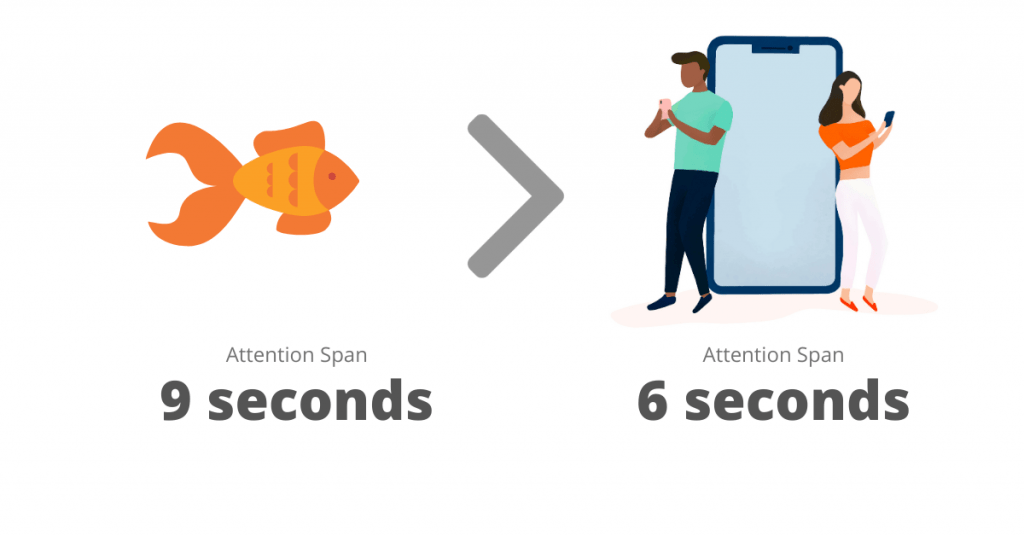
To do this, start by writing a draft of your email. Then, go through and remove any unnecessary words or sentences. Be ruthless in your editing! The goal is to get your point across in as few words as possible.
Check out this emails from Agora Financial to get my point. They use short and tight sentences to keep the reader’s attention.

You can also use a tool like Jasper to harness the power of artificial intelligence to tighten your sales copy.
If you’re having trouble keeping it short, try using the “inverted pyramid” structure. This is where you start with the most important information at the top and work your way down to the least important information at the bottom. That way, people will still get the main points even if they don’t read the whole thing.
5. Target the customer’s pain points
Why do people buy products and services? To solve problems! So when you’re writing email copy, focus on the pain points that your product or service can solve.
For example, if you sell accounting software, you could talk about how it saves time and money. Or, if you sell a fitness program, you could talk about how it helps people lose weight and get in shape. By targeting the customer’s pain points, you’ll be able to write more persuasive emails that convert.
To find out what someone’s pain points are, try using a tool like HotJar to heatmap your website. This will show you where people are clicking and scrolling so that you can identify areas of interest and potential pain points. You can then use this information to write more targeted email copy.
I also love reading reviews to hear directly from customers what they care about and what keeps them up at night. For illustration, here are Google reviews for a home renovation business.
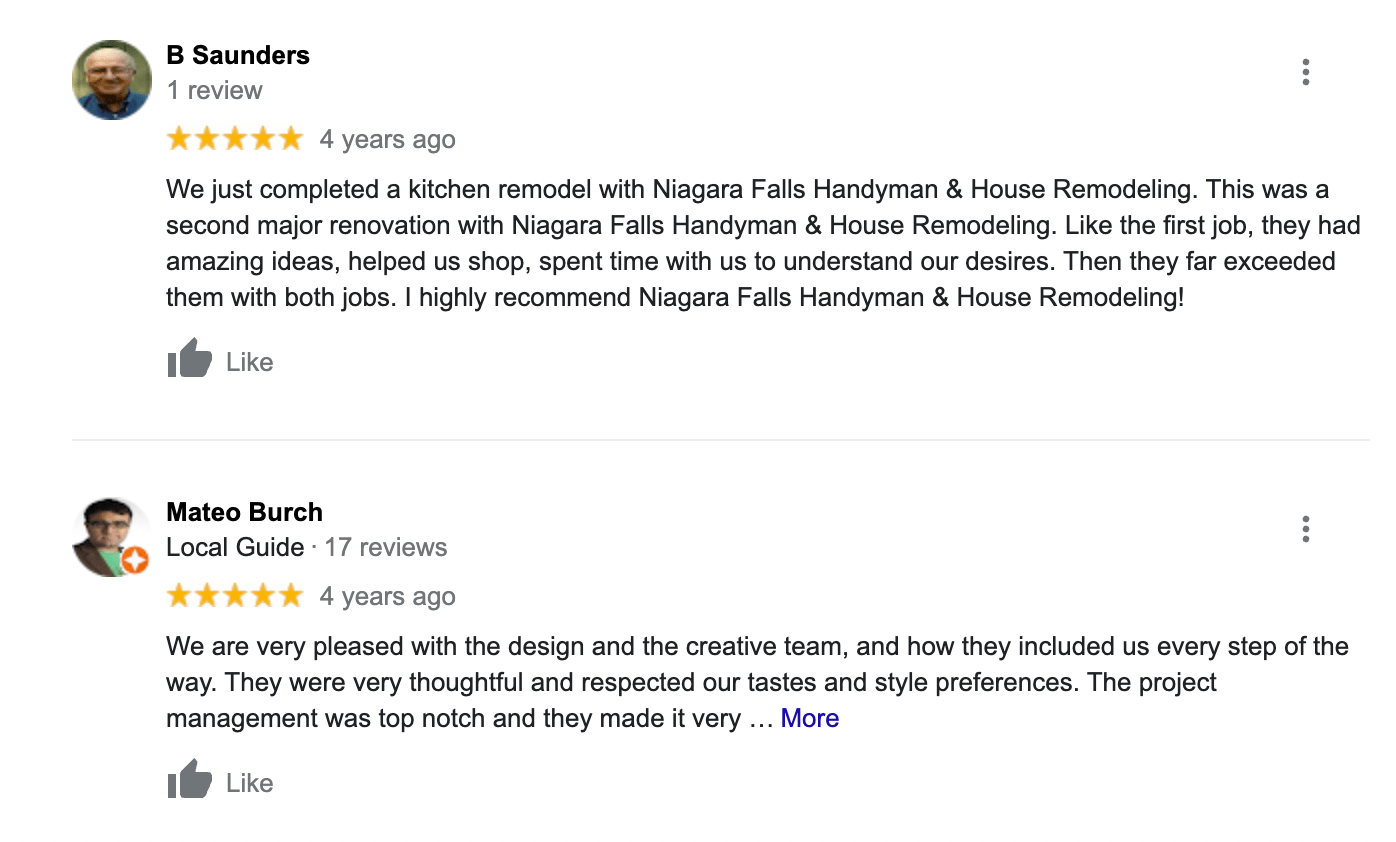
Digging into these, I’d be able to find what troubled these clients with other contractors or projects in the past to bring up in marketing emails!
6. Use stories to connect to your audience
Stories are a great way to connect with people and create an emotional connection. When crafting your email copy, tell a relatable story that will resonate with your audience. This will make them more likely to take action after reading your email. It can be a personal story or one about a customer and their journey from how they started to where they are now, thanks to your help.
In fact, storytelling literally changes the brain. I’m not kidding. Just look at this:

So many things are happening in the brain when we read it a story. It gets us engaged, emotional, and imagining ourselves being in a similar situation. All of which are perfect when we’re priming the reader to get ready to buy something or take action.
7. Provide a benefit for clicking through
When someone reads your email, they should know what’s in it for them. So make sure to include a benefit that’s relevant to the product or service you’re selling. For example, if you’re selling a webinar, you could say something like, “Attend this webinar and learn how to double your conversion rate.” Don’t make it vague.
You can also use social proof to add credibility and increase conversions. This is when you show that other people have used your product or service and gotten results. Seeing as 88% of consumers trust user reviews as much as personal recommendations, this is a huge part of successful email copywriting.
For example, you could say, “97% of our customers see an increase in sales after using our software.”
Both of these strategies will help convince people to click through and take action.
8. Add a P.S. to the end of the email
Last but not least, just about every email should end with a P.S. This is a great way to include additional information or even a final call to action.
For example, you could say something like, “P.S. Don’t miss out on this exclusive offer.” Or, “P.S. We only have a few spots left, so sign up now!”
Check out this email from marketing legend Ryan Deiss to see what I mean:
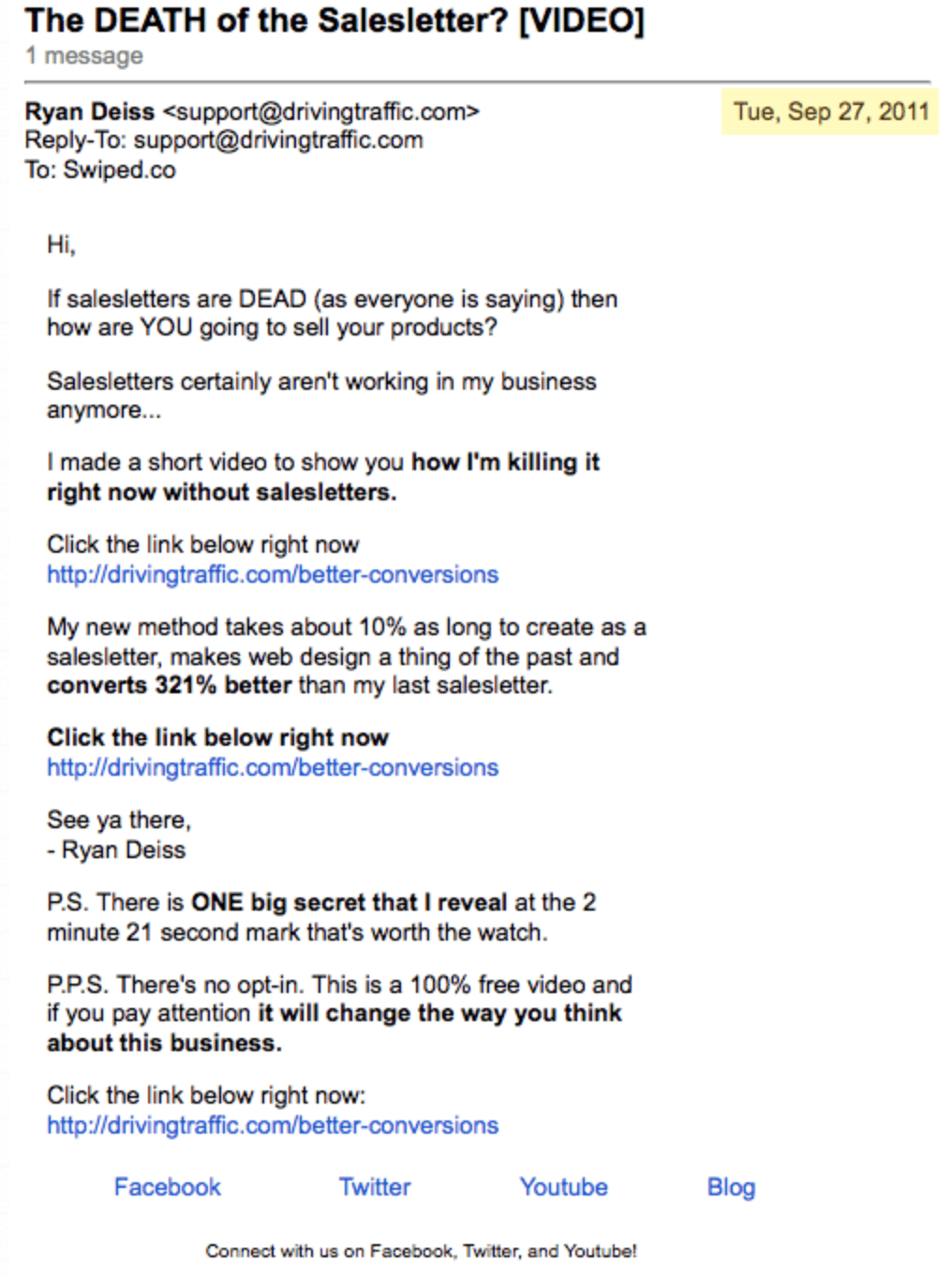
He actually includes two postscript messages that create curiosity (“ONE big secret that I reveal“) and a guarantee that there’s nothing to lose.
Wrapping up email copywriting
Okay, you’re trying to boost the performance of your emails and figure out how this whole email copywriting thing works. The strategies I covered in this article have helped me write sales emails, cold emails, newsletters, and more for nearly a decade.
Let’s recap:
- Personalize the email where possible.
- Create curiosity or mystery to improve open rates.
- Use calls to action to create engagement.
- Shorter emails tend to outperform longer ones.
- Hit the audience’s pain points.
- Tell a story to get readers’ attention.
- Explain why they should click through.
- Finish off the email with a P.S.
Want to master copywriting and get my personal mentorship? Enroll in my copywriting course today.














